5. Hiroshima, Mon Amour (1959)
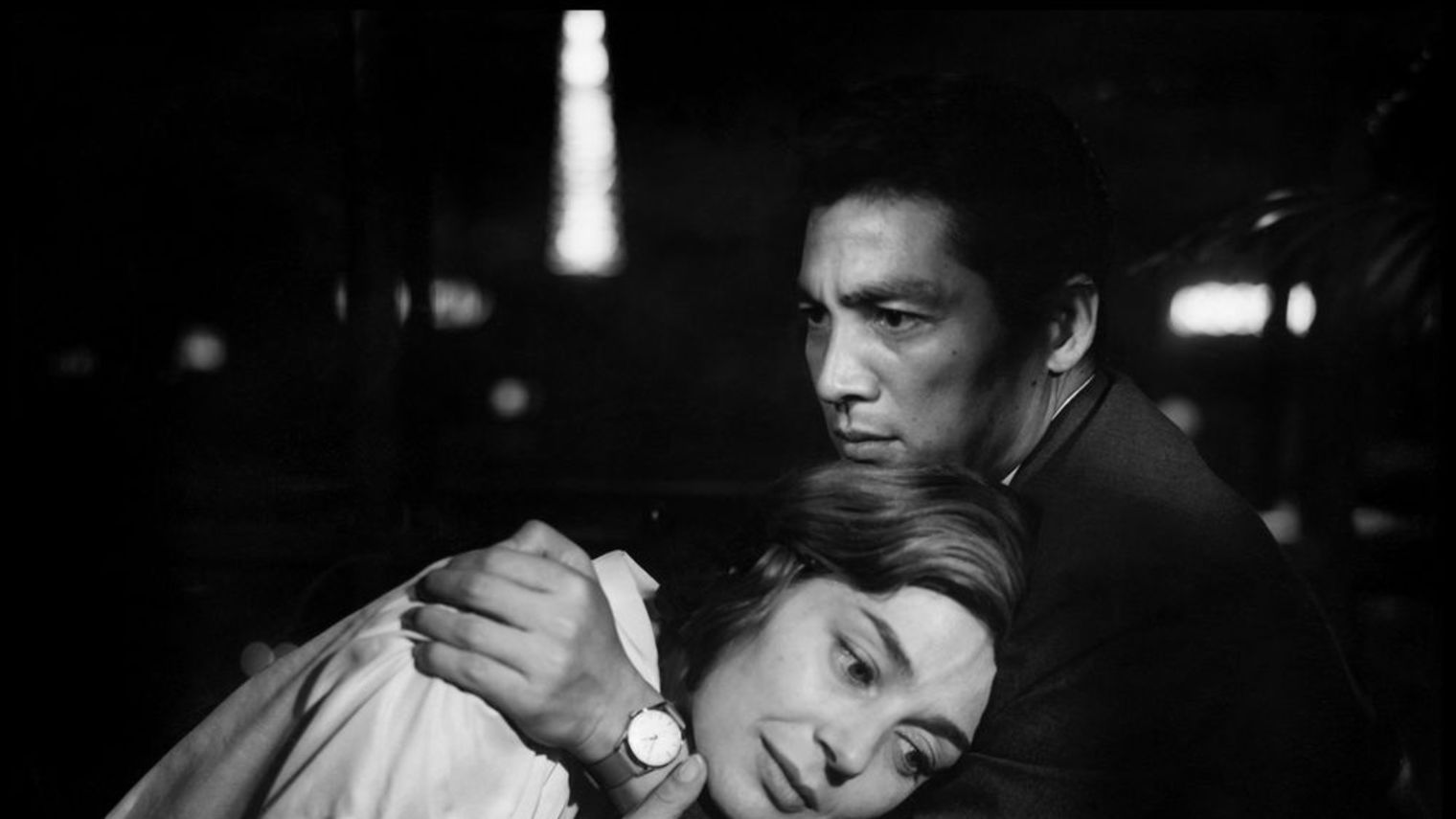
Directed by Alain Resnais,”Hiroshima, Mon Amour” is a poetic allegory that depicts the aftermath of World War II. Through an innovative narrative style, the film follows the love story of a French actress (Emmanuelle Riva) and a Japanese architect (Eiji Okada). However, memories from the past and the World War II emerge as shaping ideas about the present and the future.
The film depicts through fragments of memory the impact of World War II on people’s lives as well as the eternal power of love. Not only it is an existential drama about psychoanalysis, but also a deep examination of the humankind. Alain Resnais creates a visual poem as well as an alegoric presentation of reality where everything is symbolic and abstract.
Despite the fact that “Hiroshima, Mon Amour” is a unique masterpiece of the world cinema, the film structure is quite similar to Ingmar Bergman’ s war epic “Shame”. Both films stand out as a subtle commentary on the effects of war and the value of human relationships.
The gritty realism and the poetic dialogues of the characters create the portrait of a bleak and chaotic world. To be more specific, through a cathartic way the characters have to reevaluate their lives and find what is truly crucial in living.
Like Ingmar Bergman, Alain Resnais creates a melancholic and unrelentingly depressing depiction of the darkest side of humanity. But there is still a dim light of hope.
On the whole, “Hiroshima, Mon Amour” is a pure gem of the art-house cinema as well as a journey through the abyss of human soul.
4. The Green Room (1978)
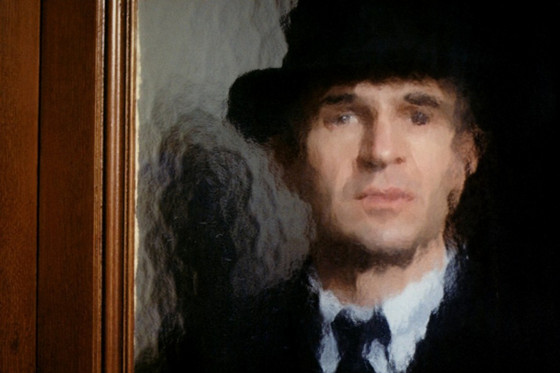
“The Green Room” is one of the most personal films of the great French director François Truffaut. The legendary filmmaker stars also as the main character Julien, a death-obsessed journalist. The film tells the immensely deep story of Julien, a quite strange character, who has gathered all the objects of his deceased wife in “The Green Room”.
However, “The Green Room” is destroyed by a fire, and everything gets out of control. Then Julien decides to restore the local chapel in order to devote it to his beloved wife and other dead people. There Julien preserves the memories of the dead. Although Julien is a weird guy who has to fight against his own demons, he has also to deal with Cecilia (Nathalie Baye) who has fallen in love with him.
Truffaut creates a macabre ode to the dead people. Not only it is a dark, spiritual and very personal view of life, but also an intellectual approach to death. This unsung masterpiece is quite similar to Bergman’s philosophical works such as “The Seventh Seal”, “Fanny and Alexander” and “The Magician”.
Furthermore, it is quite obvious that “The Green Room” is a deliberately disturbing and thought provoking film that creates an uneasy atmosphere. This intensely poetical depiction of grief is Truffaut’s personal commentary on life and death.
Despite the fact that “The Green Room” is one of the darkest films of the French cinema, it is also one of the most underrated gems of the great François Truffaut. A hidden treasure of world cinema.
3. Opening Night (1977)
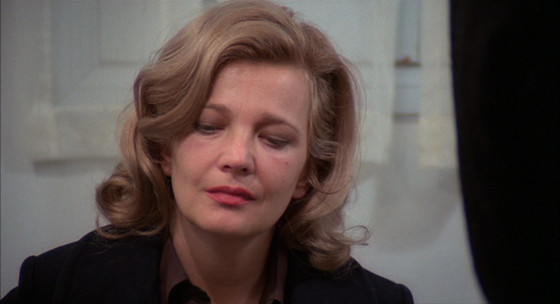
“What is the meaning of art? What is the role of an artist?”
Directed by John Cassavetes, “Opening Night” is a fascinating study of a stressed actress whose life falls apart on stage. The film tells the story of Myrtle Gordon (Gena Rowlands), a theatre actress who is on the verge of a nervous breakdown.
Witnessing the death of a young fan, Myrtle is on a midlife existential crisis. She is a self-absorbed and emotionally unstable woman struggling with alcohol addiction and stress. It is a mentally collapsed character that has to deal with fame, ageing and art.
Through the distinctive style of Cassavetes cinema (improvised acting delivery, documentary-style shooting and emphasis on characters) Gena Rowlands creates a portrait of a tragic character. She is so dedicated to acting, that she forgets how to be herself. Although she is a talented and successful actress, she can’t live a normal life.
On the other hand, the role of the artist and the fragile world of the subconsciousness are recurring themes on Ingmar Bergman’s filmography. Through close-up shots and dramatic monologues, Bergman creates powerful female characters who are mentally and emotionally vulnerable. Thus, “Opening Night” looks a lot like Bergman’s “Cries and Whispers”, “Persona” and “From the Life of the Marionettes”.
This is undeniably one of the most personal works of John Cassavetes as well as one of the most uncoventionally directed gems of the western cinema.
2. Red Desert (1964)
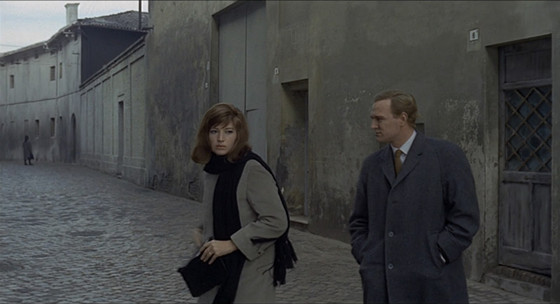
Following the critically acclaimed “trilogy of decadence” (“L’Avventura”, “La Notte”, “L’Eclisse”), Michelangelo Antonioni creates another existential drama about human alienation in the modern world. The film tells the story of Giuliana (Monica Vitti), a troubled and mentally unstable woman, who has survived a car crash.
Although Giuliana seems to have it all (husband, kids and friends), this life-changing experience makes her emotionally vulnerable. Being progressively alienated from the rest of the world, Giuliana becomes a demented woman on an existential crisis. Not only she seeks life’s true meaning in the modern world, but also she has to deal with suicidal thoughts and depressing feelings.
This examination of human deterioration stands out as a subtle comment on the modern society as well as a philosophical approach to existentialism and individualism. So, this thoughtful drama looks like a film adaptation of Jean-Paul Sartre’s “Nausea”.
Moreover Antonioni, who died on the same day as Ingmar Bergman, creates a colourful portrait of a mentally ill character. This nauseating depiction of a meaningless world is quite similar to Bergman’s prominent work “Through a Glass Darkly”.
The captivating performance by Monica Vitti, the obscuring images and the exploitation of colors create a gloomy atmosphere. In addition the loss of moral values, the human alienation and the existential crisis are also recurring themes in Bergman’s filmography.
All in all, “Red Desert” is a visual appetite for those who enjoy Bergman’s cinema.
1. Interiors (1977)
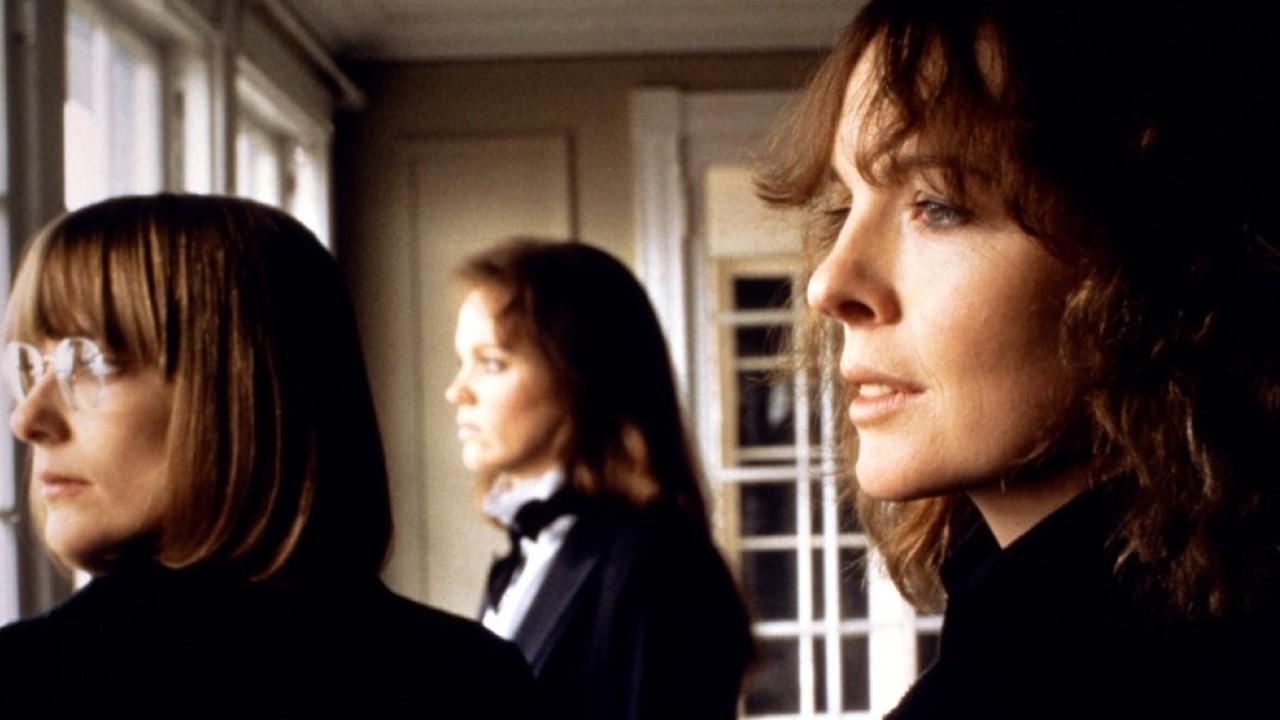
If you like Ingmar Bergman’s cinema, then you should definitely check out Woody Allen. “Interiors”, like the rest of Allen’s filmography, is a tribute to the Swedish filmmaker. Although Woody Allen is known for his delightful comedies, “Interiors” is a bleak drama quite similar to Bergman’s “Cries and Whispers”. Both films feature tragic characters with self-destructive behavior that face the inevitability of death and the decay of the family structure.
The film follows the lives of three sisters (Diane Keaton, Kristin Griffith, Mary Beth Hurt), who have to overcome their parent’s unexpected divorce. In addition, they have to deal with their dysfunctional personal relationships as well as with their sudden loss of their mother.
This profound masterpiece by Woody Allen is a social commentary on the human condition with powerful dialogues and exceptional performances. Not only it is a multi-layered depiction of a dysfunctional upper- class family, but also a philosophical approach to human despair. It is quite obvious that Woody Allen has been also influenced by Søren Kierkegaard and Sigmund Freud. Thus, he creates an existential hell that works as a psychoanalytic therapy.
Overall, “Interiors” is probably one of the most underappreciated films of Woody Allen. Through this psychological and sociological study on the human condition, Woody Allen renders homage to Ingmar Bergman.